Golden pagodas and colonial structures of the British period surround Yangon City. The historical places in Yangon transport you to the past through centuries of Burmese civilisation, spirituality & colonial past. From shining stupas to imposing government buildings, these attractions reveal the essence of Myanmar’s cultural and political evolution. Walking amidst gilded temples and red‑brick colonial landmarks, you’ll feel Yangon’s enduring spirit, and its architectural stories still echo in modern life. Yangon isn’t just a city; it’s a living archive where every building and monument narrates a chapter of Myanmar’s rich past, making it essential for history enthusiasts and heritage lovers.
10 Best Historical Places In Yangon
Historical Places in Yangon are more than buildings; they are living histories of the city, which step back into the city’s history and diverse past.
1. Shwedagon Pagoda
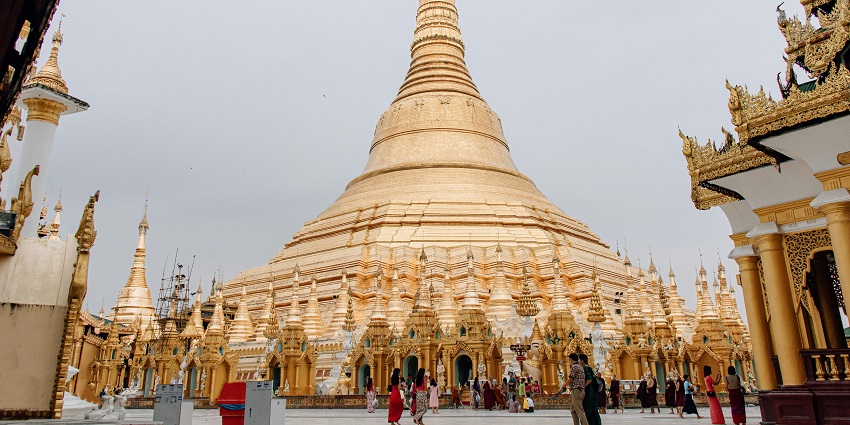
Photo: Zaonar Nyaninda / Pexels
Dominating the Yangon skyline with its monumental height, the Shwedagon Pagoda is often called the crowning glory of Myanmar and one of Asia’s most sacred Buddhist shrines. Approximately 2,600 years old, this golden stupa is said to hold the relics of four Buddhas, eight hairs of Gautama Buddha among them. Shining with gold leaf and encrusted with gems and diamonds numbering in the thousands, the pagoda itself has a sense of religious passion and architectural beauty. Travellers and pilgrims alike are drawn to its peaceful terraces, prayer sanctuaries, and soft chants echoing on sacred grounds.
Location: Singuttara Hill, Yangon
Major Attractions: Main golden stupa, hundreds of smaller pagodas, nightly lamp-lighting ceremonies
2. Sule Pagoda
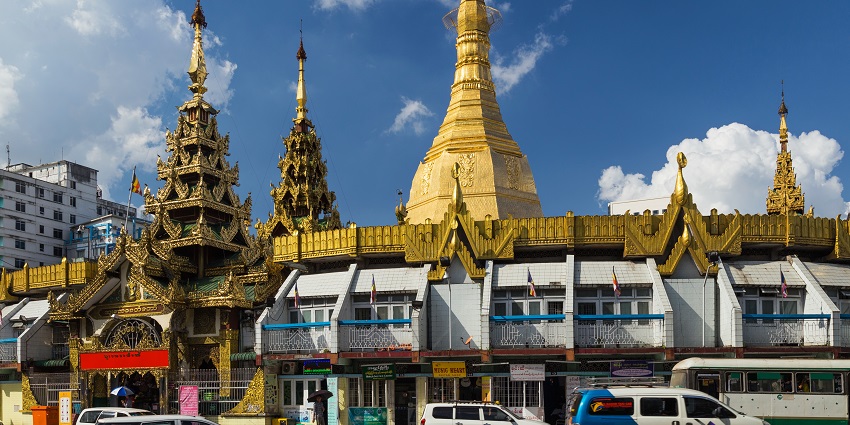
Photo: Marcin Konsek / Wikimedia Commons
Sule Pagoda, located at the heart of downtown Yangon, is not simply a religious landmark. Instead, it represents the political and historical heartbeat of the city. This 2,600-year-old golden stupa is supposed to hold one strand of the Buddha’s hair. In contrast to most other pagodas, Sule is found in the very centre of a crowded roundabout, combining religious heritage with urban life. Together with these, it has also been at the focal point of Myanmar’s politics, a centre of grand-scale protests like the 1988 pro-democracy uprising and the 2007 Saffron Revolution.
Location: Maha Bandula Road
Major Attractions: Octagonal stupa, adjacent colonial buildings
3. Botataung Pagoda
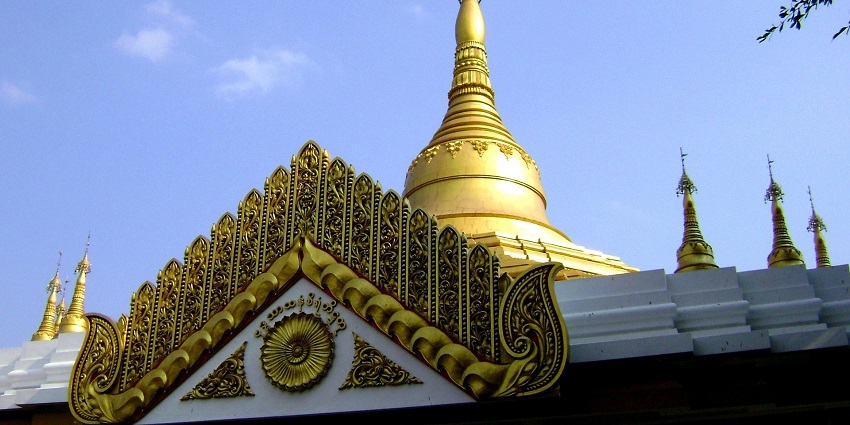
Photo: astama81 / Pixabay / Image For Representation Only
Botataung Pagoda, prettily situated on the Yangon River, possesses a distinctive religious experience on its own in the city. It is one of the most famous historical places in Yangon. Holy for housing a hair relic of Gautama Buddha, the pagoda is extremely sacred to locals and pilgrims. Botataung is unique in its rare style of architecture; its interior is empty, and one can stroll through the shining relic room. Within, there is a stunning labyrinth of mirrored walls, gilded panels, and sacred displays that lead up to the core shrine containing the revered relic.
Location: Bogyoke Aung San Road, downtown Yangon
Major Attractions: Exhibits and artefacts on display, quaint colonial architecture
4. Bogyoke Aung San Market
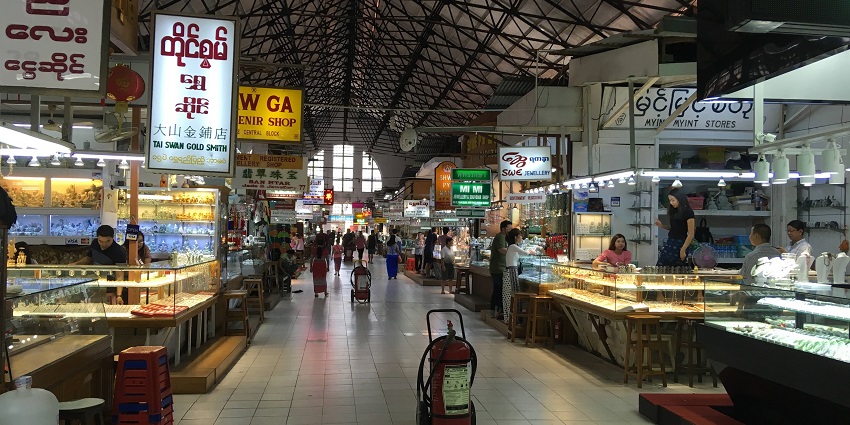
Photo: Christophe95 / Wikimedia Commons
Bogyoke Aung San Market, formerly known as Scott Market, is a busy colonial market in downtown Yangon. Opened in 1926 when the British ruled Myanmar, the market boasts pleasant colonial architecture with cobblestone roadways and protected arcades. Today, it remains a vital hub of commerce and culture with over 2,000 shops and stalls. Visitors can purchase a fascinating range of Burmese handicrafts, traditional dress, lacquerware, jewellery, and precious gems, such as Myanmar’s famous rubies and jade. The market is also a prime destination for antiques, art, and souvenirs that reflect the country’s rich diversity.
Location: Bogyoke Aung San Road
Major Attractions: Colonial architecture, local crafts
5. Yangon Central Railway Station
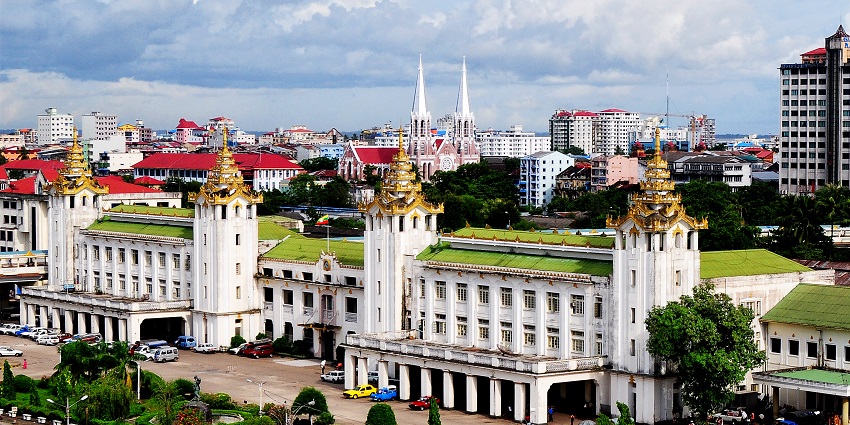
Photo: Aung Myint Htwe / Wikimedia Commons
Yangon Central Railway Station is likely the city’s best-known transport symbol. Blending British colonial and traditional Burmese architecture, including pyatthat-style multi-tiered roofs, the station is both a working transport hub and a cultural symbol. It is the national terminal for Myanmar Railways and the origin of the common Yangon Circular Train, a slow and old local commuter train that goes around the city and gives a taste of the everyday life of Yangon. Its massive facade, large platforms, and busy environment embody a blend of history and local energy.
Location: Latha Township, the city center of Yangon
Major Attractions: Colonial front, old railway platform
6. The Secretariat

Photo: Paingpeace / Wikimedia Commons
The Secretariat is one of Yangon’s most historically significant colonial buildings. It is one of the most significant historical places in Yangon. Built in the late 1800s, this red-brick compound was the administrative centre of British Burma. The building’s Victorian architecture features grand staircases, sweeping corridors, and courtyards that reflect its imperial past. After decades of ongoing restoration efforts brings the Secretariat is brought back to life, turning it into a space for exhibitions and guided tours. Tourists today stroll along corridors laden with the heritage of colonial rule, freedom struggles, and the construction of modern Myanmar.
Location: Kyauktada Township
Major Attractions: British-era corridors, the location where Rashid Ali was assassinated, guided tours
7. Colonial‑Era Buildings & The Strand Hotel
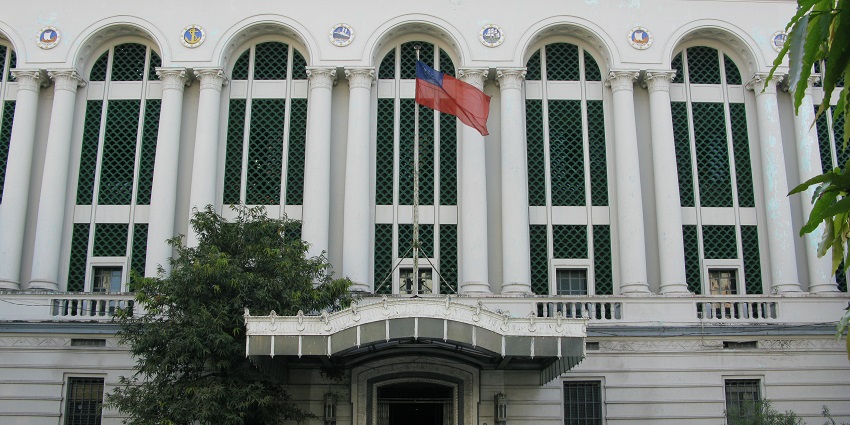
Photo: Vyacheslav Argenberg / Wikimedia Commons
The Yangon skyline is full of breathtaking colonial-era buildings that showcase the glory of British colonial rule in Myanmar. Among these jewels of structures are the elegant High Court, the venerable post office with its storied history, and the old General Hospital Rangoon, once and for all gazing back on a bygone era. The hotel, with its impressive colonial style and opulent allure, has hosted visitors for more than a century. The three buildings together give visitors a tangible link with the past of Yangon, illustrating the interaction of British architectural idiom with local influences.
Location: Inner Yangon, mostly along Strand Road
Major Attractions: Beaux-Arts facades, old-fashioned interiors
8. Custom House & General Post Office
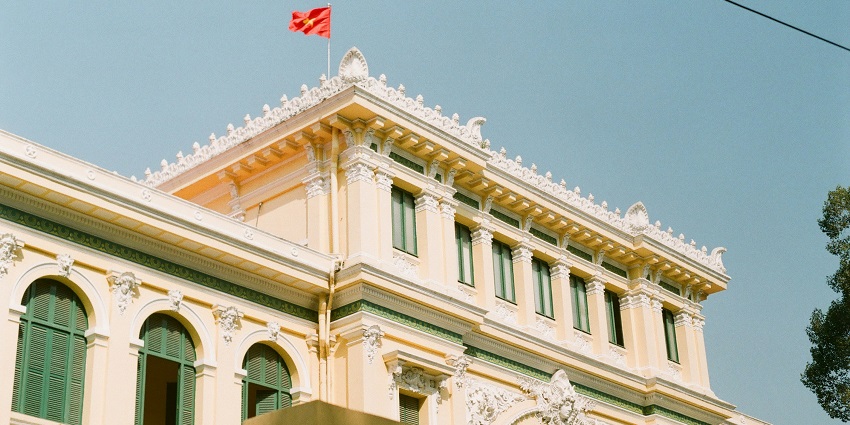
Photo: võ thành đạt / Unsplash / Image For Representation Only
Yangon’s Customs House and General Post Office are beautiful examples of colonial architecture. The Customs House, built between 1912 and 1916, is a stately building that ruled the city’s commerce and trade. Close to the General Post Office, constructed in 1908 in the Beaux-Arts style of architecture, rises with its massive clock tower and intricately carved arches. Both structures are in pristine condition, which is a reaffirmation of Yangon’s administrative and commercial past under the British. Walkers along Yangon’s downtown will be struck by these buildings as a visual reminder of the colonial period’s influence over the city’s landscapes.
Location: Downtown Yangon, near the central commercial area
Major Attractions: Architectural marvels, port-facing location
9. Kyauktawgyi Buddha Temple
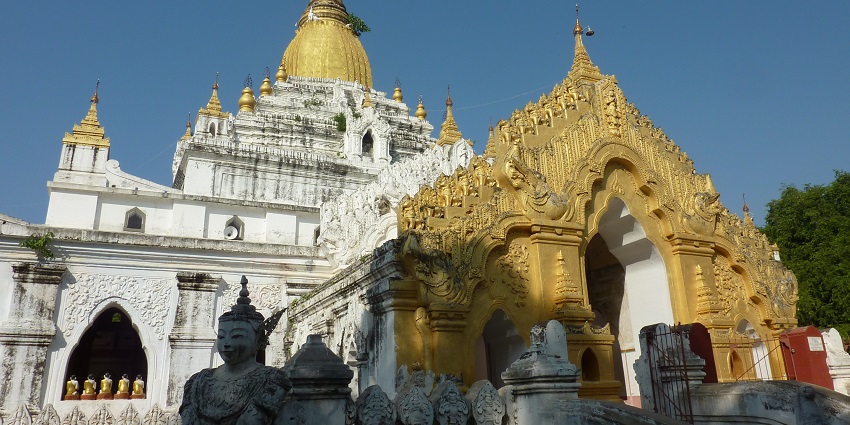
Photo: Photo Dharma / Wikimedia Commons
Kyauktawgyi Buddha Temple, located atop Mindhamma Hill, is famous for featuring its colossal 37-foot Buddha statue carved out of a single block of marble. The gigantic statue was moved ceremoniously along a river from Mandalay, and this is proof of Myanmar’s rich spiritual and cultural heritage. The temple itself is a serene monastery, attracting tourists who come to marvel at the craftsmanship and relish the serene ambiance. The temple is a fine example of the rich Buddhist cultural heritage that still shapes the cultural landscape in Yangon and Myanmar at large.
Location: Insein Township
Major Attractions: Monolithic marble Buddha, riverside barge procession
10. Taukkyan War Cemetery
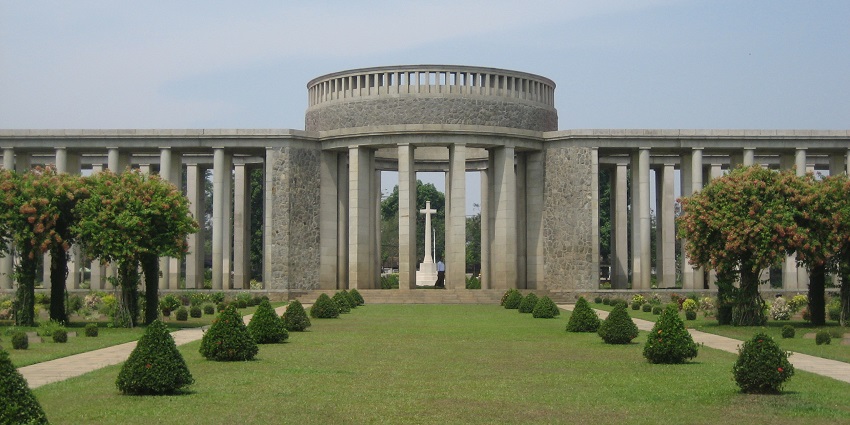
Photo: RegentsPark / Wikimedia Commons
Taukkyan War Cemetery, which is to the north of Yangon, is an important historic site in Yangon that commemorates the memory of thousands of Allied and Japanese soldiers who died in World War II. The cemetery commemorates sacrifice in one of history’s most ghastly wars. Tourists to the cemetery are greeted by a serene and contemplative atmosphere, with neatly manicured lawns, white gravestones in neat rows, and memorial plaques recounting tales of bravery and sacrifice. One of the prime historic sites in the Yangon region, Taukkyan War Cemetery provides valuable history and provides visitors with a venue where they can honour those who died.
Location: Pyay Road
Major Attractions: Manned graves, the design of the memorial
From the golden pagodas to colonial buildings, the historical places in Yangon reflect its rich spirituality, colonial past, and national buildings. Winding temple-scented courtyards or strolling red brick colonial corridors, each is bestowed with layers of Burmese history and resolve. Uncover them on your next Yangon journey. Book your trip today with TripXL to live history in action and connect heart and soul with the culture and heritage of Myanmar.
Cover Photo: Marcin Konsek / Wikimedia Commons


 WhatsApp
WhatsApp
 Twitter
Twitter









